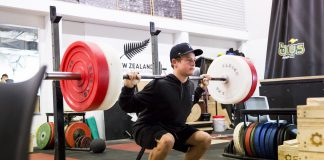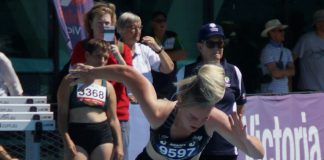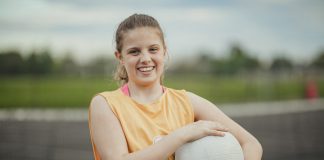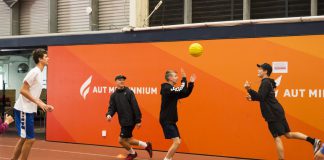From our very first breath, we are designed to move.
On a quest to satisfy fundamental needs, we learn to roll, crawl, stand and, eventually, walk.
Then, given the right opportunities and the freedom to explore, we increase our movement repertoire by running, jumping, climbing and swinging about.
As we do, we adapt to our environment and live naturally.
Age 5 – A change in how we live
Contrary to design, we adopt positions that promote poor posture. As we sit for long periods at school and in front of a device, we regress towards dysfunction.
 By moving less, we grow weak and lose mobility.
By moving less, we grow weak and lose mobility.
Age 11 – More time in sport
Sporting activity takes off. More training. More games. More exhausting tournaments.
But while we move more, we lack variety.
We increase load quickly, on top of a body that is changing rapidly.
In the beginning we cope. But as the volume and intensity escalate, the physical stress takes its toll.
Age 13
Injury.
What is high performance movement?
It’s the ability to move in and out of position freely and efficiently.
 When we get it right, an athlete can meet the demands of training and competition with a reduced risk of injury.
When we get it right, an athlete can meet the demands of training and competition with a reduced risk of injury.
Achieving high performance movement requires two things.
First, we need to move often and with variety, while minimising time spent in environments that promote prolonged inactivity. As a result, we will maintain the mobility we were born with and build strength over time.
Second, we need to take a cautious and calculated approach to increasing load. To adapt appropriately to the inherent physical stress of sport, slow and steady exposure is most effective.
Our bodies are designed to move, but we need to make sure they’re given ample time and opportunity to adapt and evolve.





































